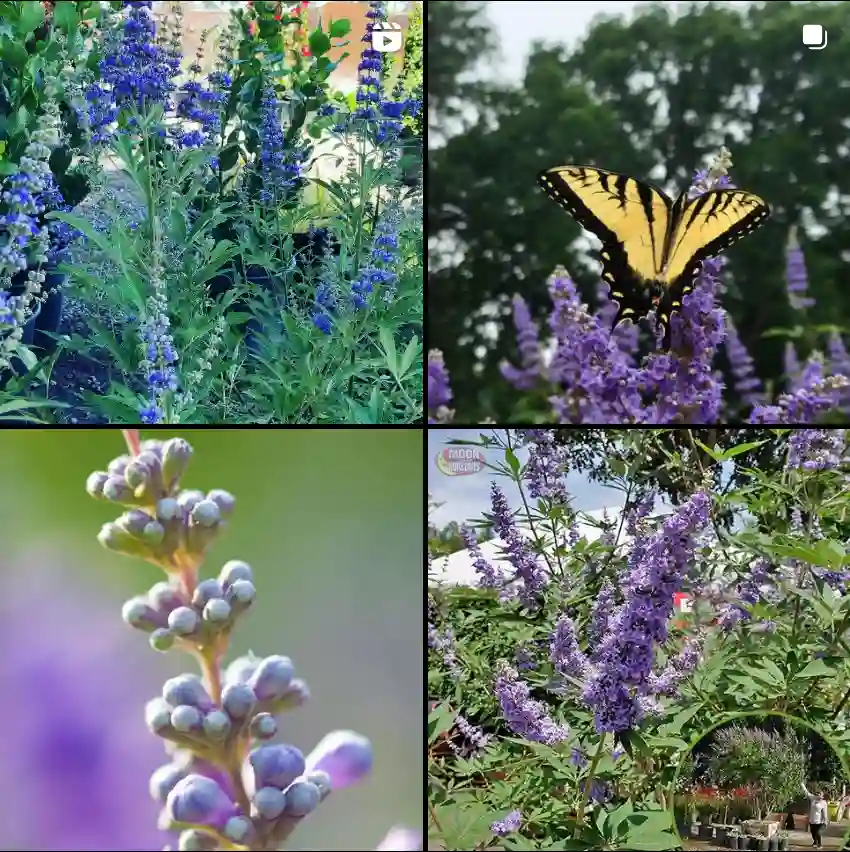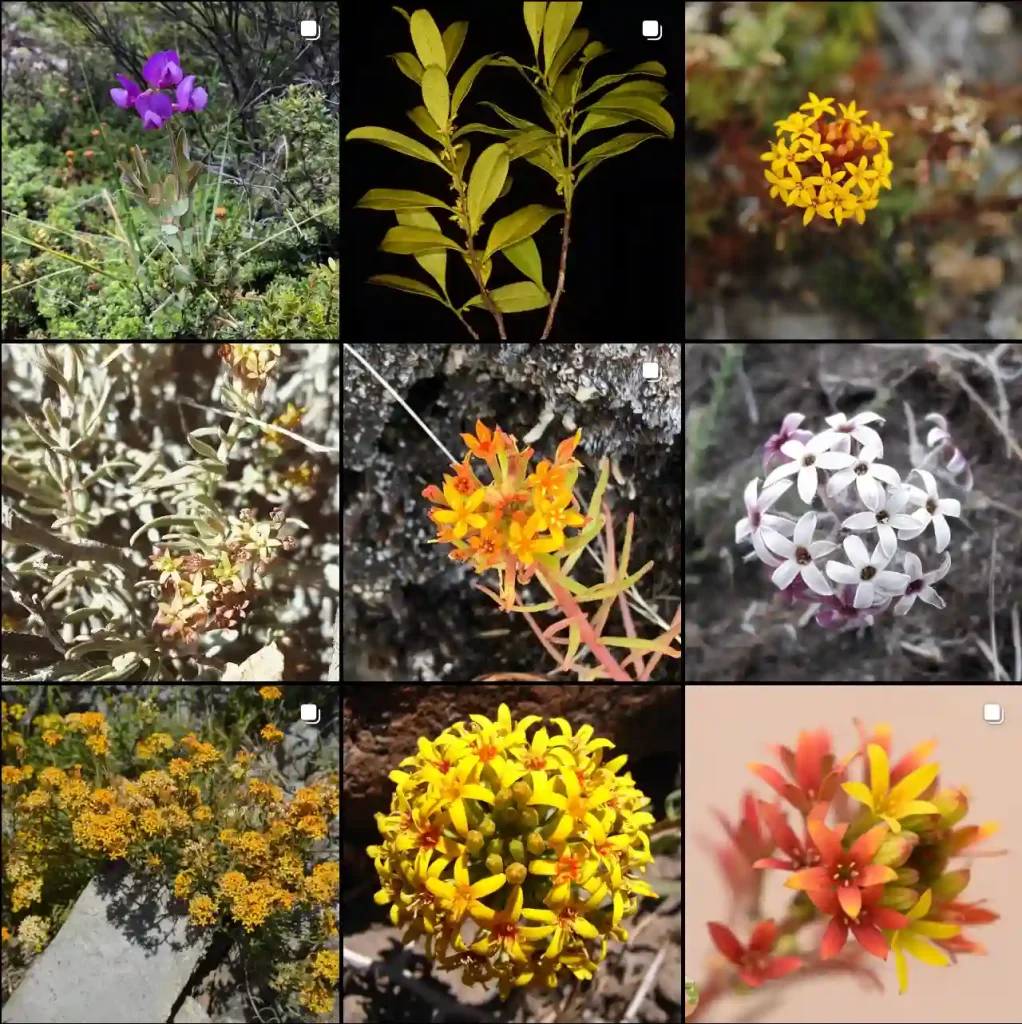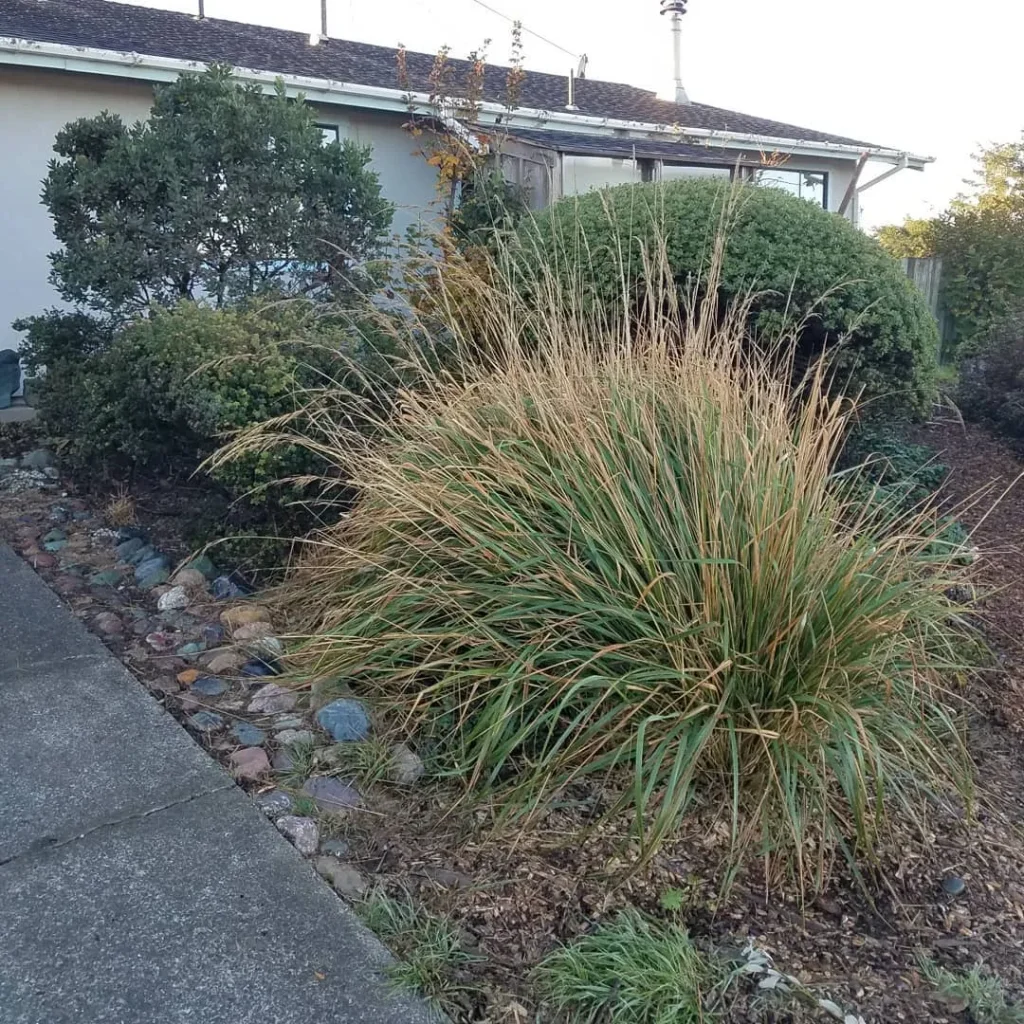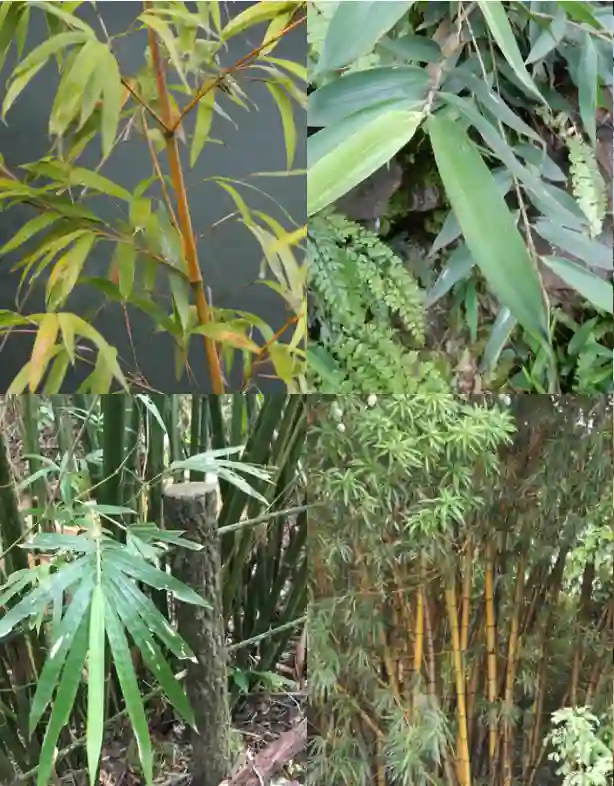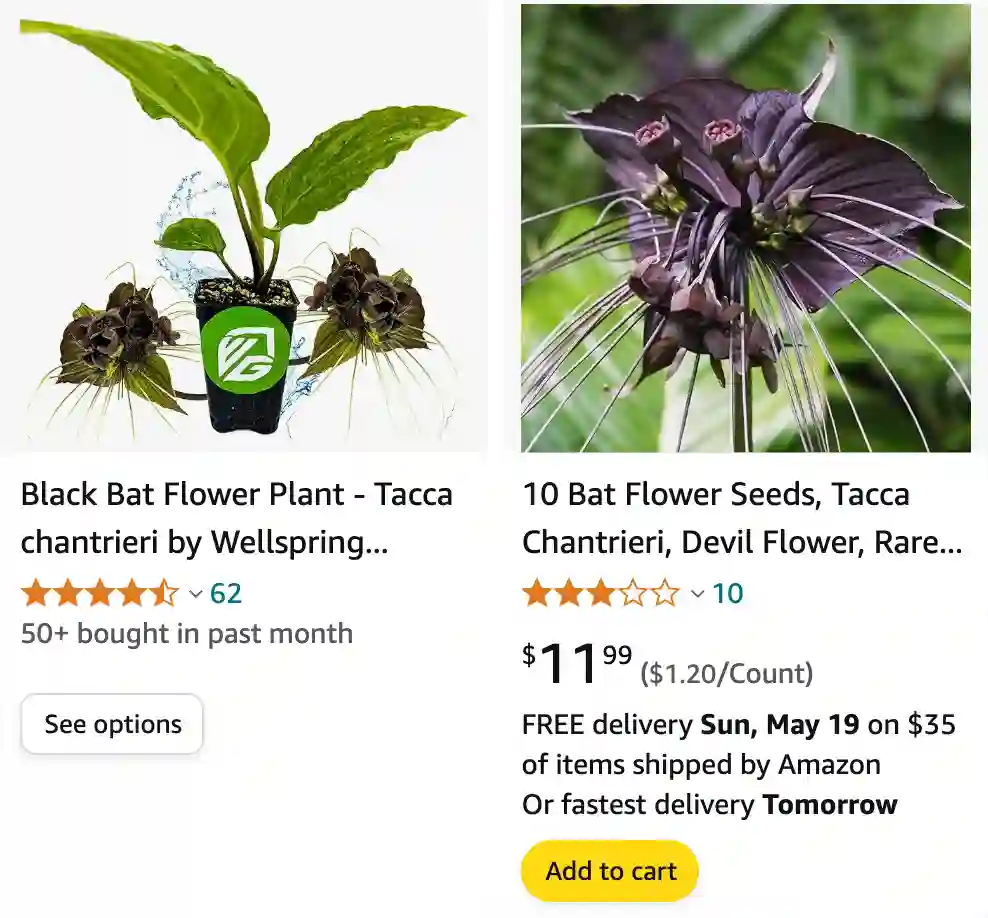
The Enigmatic Tacca: My Journey into the World of Bat Flowers
Hi, I’m Ferb Vu, and I’ve always been drawn to the unusual and the beautiful in the natural world. That’s why I find myself captivated by the genus Tacca belonging to the family Dioscoreaceae, a group of plants often called “bat flowers” due to their unique, almost eerie blooms. These fascinating plants, with their dark, wing-like bracts and long, whisker-like filaments, are a testament to the diversity and wonder of the plant kingdom.
A Tropical Treasure
Tacca species are primarily found in the tropical regions of Southeast Asia, Africa, Australia, and various Oceanic islands. They thrive in the humid understory of rainforests, often hidden amongst the lush vegetation. Their preference for shade and high humidity makes them a bit of a challenge to cultivate outside their native habitat, but their striking beauty makes the effort worthwhile for many plant enthusiasts.
Unraveling the Diversity of Tacca
The genus Tacca is relatively small, with around 10 recognized species. Each species has its own unique characteristics, but they all share that distinctive bat-like flower structure. Here are:
- Tacca chantrieri: Perhaps the most well-known species, Tacca chantrieri is often referred to as the “black bat flower” due to its deep purple, almost black bracts. The long, drooping filaments add to its dramatic appearance.
- Tacca integrifolia: Commonly known as the “white bat flower,” this species features striking white bracts that contrast beautifully with its dark purple flowers.
- Tacca leontopetaloides: This species is notable for its large, arrowhead-shaped leaves, which have traditionally been used as a source of starch. It’s sometimes called “arrowroot,” though it’s not related to the true arrowroot plant.
- Tacca ampliplacenta L.Zhang & Q.J.Li
- Tacca ankaranensis Bard.-Vauc.
- Tacca bibracteata Drenth
- Tacca borneensis Ridl.
- Tacca celebica Koord.
- Tacca cristata Jack
- Tacca ebeltajae Drenth
- Tacca havilandii S.Y.Wong & K.S.Chua
- Tacca khanhhoaensis V.S.Dang & Vuong
- Tacca maculata Seem.
- Tacca palmata Blume
- Tacca palmatifida Baker
- Tacca parkeri Seem.
- Tacca plantaginea (Hance) Drenth
- Tacca reducta P.C.Boyce & S.Julia
- Tacca subflabellata P.P.Ling & C.T.Ting
Why is the black bat flower endangered?
The black bat flower (Tacca Chantrieri) is considered endangered for a couple of reasons:
- Habitat Loss: Their natural habitat in the tropical rainforests of Southeast Asia is being threatened by deforestation for agriculture, logging, and development. This loss of their natural environment reduces their population and makes it difficult for them to reproduce.
- Climate Change: The delicate balance of temperature and humidity that these plants thrive in is being disrupted by climate change. Rising temperatures and changes in rainfall patterns can stress the plants and make it harder for them to survive.
How to grow bat flower?
Here’s how you can grow a bat flower if you can find one from a reputable source that practices sustainable cultivation:
- Light: They prefer bright, indirect sunlight. Avoid harsh direct sun which can scorch the leaves.
- Temperature: Aim for warm temperatures between 65°F and 80°F.
- Humidity: High humidity is key. You can use a humidifier, pebble tray, or group your plants together to raise the humidity level.
- Water: Water regularly, keeping the soil consistently moist but not soggy. Allow the top inch of soil to dry out slightly between waterings.
- Soil: A well-draining, airy potting mix is ideal. Aroid mix or a mix with perlite added will work well.
Where does the black bat flower grow?
The black bat flower is native to the tropical rainforests of Southeast Asia, particularly in countries like Malaysia, Thailand, and Indonesia.
Where to buy bat flower plants?
Finding a black bat flower plant can be a bit of a challenge. They’re not widely available at most nurseries or garden centers. Here are a couple of options:
- Online retailers: Some online plant shops specialize in rare and unusual plants and may carry black bat flowers. Be sure to order from a reputable seller with good reviews.
- Botanical gardens: Some botanical gardens may have these plants in their collections. You could try contacting a botanical garden near you to see if they have any available for purchase.
When do bat plants flower?
The black bat flower typically blooms in the summer, although with proper care, it may produce flowers sporadically throughout the year.
Is bat flower poisonous ?
Yes, the black bat flower is poisonous. All parts of the plant contain toxins that can irritate the skin and stomach if ingested. Keep them out of reach of children and pets.
Is the black bat flower an orchid?
The black bat flower is not an orchid. It belongs to the Dioscoreaceae family, which is related to yams. While both orchids and bat flowers produce beautiful blooms, they are from completely different plant families.
The Allure of the Unusual
What I find most fascinating about Tacca is the way it challenges our conventional notions of flower beauty. We often associate flowers with bright colors and sweet scents, but Tacca species are often dark, even somber, and their scent is often described as musky or even unpleasant. Yet, there’s an undeniable beauty in their unique form and mysterious aura.
The dark coloration of many Tacca flowers is thought to be an adaptation to attract pollinators such as flies and beetles, which are drawn to the scent of decaying matter. The long, whisker-like filaments may also play a role in attracting these pollinators.
Conservation Concerns
Despite their adaptability to various habitats, some Tacca species are facing threats due to habitat loss and over-collection. As with many plant species, the destruction of rainforests for agriculture and development is a major concern. In addition, some Tacca species are collected from the wild for the horticultural trade, which can put pressure on their populations.
It’s important that we appreciate and protect these unique plants. By supporting sustainable cultivation practices and raising awareness about the importance of plant conservation, we can help ensure that future generations can continue to marvel at the enigmatic beauty of Tacca.
My Ongoing Fascination
My journey into the world of Tacca has just begun, and I’m eager to learn more about these fascinating plants. I’m particularly interested in understanding their pollination biology and the ecological roles they play in their native habitats. I believe that by studying and appreciating these unique plants, we can gain a deeper understanding of the incredible diversity of life on Earth.
If i die, water my plants!
